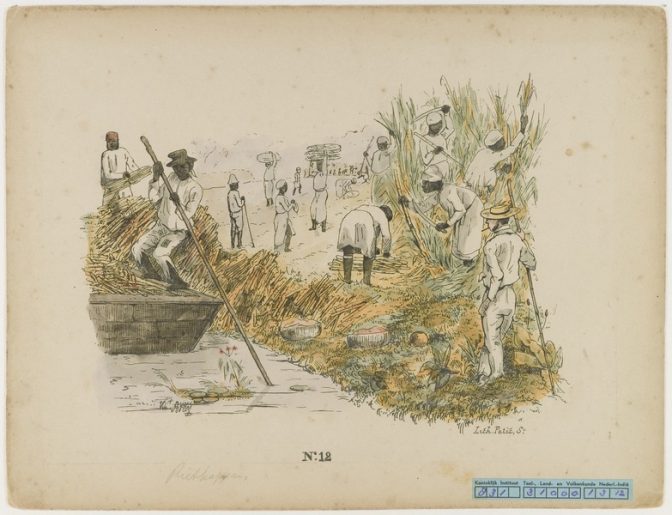The Netherlands was involved in the slave trade from the late 1500s to the early 1800s. In the Dutch provinces, chattel slavery was outlawed, but it was common in the Dutch colonies such as Curacao and Suriname. In the colonies, slavery was abolished in 1863.
In these Dutch colonies, specific terms were used to indicate the race of enslaved and freed people of color. These terms are offensive to our modern ears but understanding the meaning of these terms can be a vital clue to understanding their identity, parentage, and heritage. When analyzing evidence, it is important to use these terms as they were used in the records rather than using a more acceptable but general term like “people of color” since it tells us about the race of the person’s ancestors which can help to identify them.
- Mulat: child of a black and a white person (1/2 white, 1/2 black)
- Mesties: child of a mulat and a white person (3/4 white, 1/4 black)
- Casties: child of a mesties and a white person (7/8 white, 1/8 black)
- Poesties: child of a casties and a white person (15/16 white, 1/16 black)
- Testies: child of a poesties and a white person (31/32 white, 1/32 black).1
These terms are also used for children of two people of color, for example the child of two mulatten would also be a mulat. So just because someones race is identified as one of these terms does not mean that one of their parents is white.

Enslaved workers at a Suriname plantation, 1850. Credits: Th. Bray, Wikimedia Commons (public domain)
- J. van Donsselaar, Woordenboek van het Nederlands in Suriname van 1667 tot 1876 [Dictionary of Dutch in Suriname from 1667 to 1876] (Amsterdam: Meertens Instituut, 2013).


The Dutch also had the term Carboeger: 25% white, 75% black. And Neger: 100% black
I guess that nfo is essential to complete the list of terms, Sjoerd Meijer.
And then there are names for white/Asian mixes, Asian/black mixes, etc